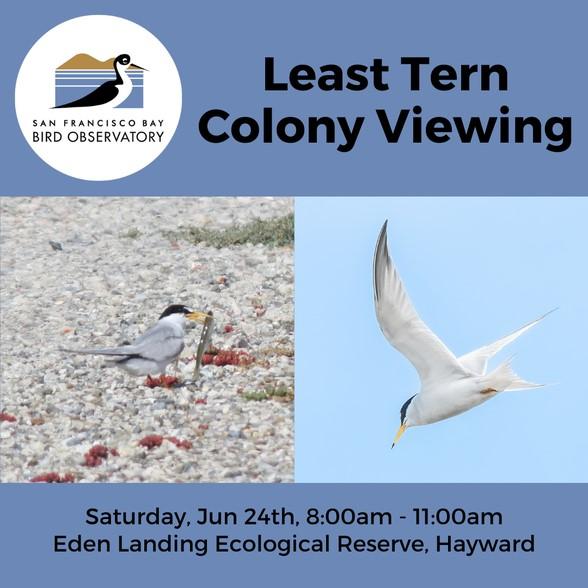Restoration at Ravenswood!
You can come join Save The Bay at the Restoration Project’s Ravenswood Ponds to help clear invasive plants and make room for native seedlings!
Native plants are the backbone holding the earth at the newly constructed All American Canal upland transition zone together. The invasive species we will be pulling threaten to crowd them out and deprive all of the species (including humans!) that benefit from healthy salt marshes.


















